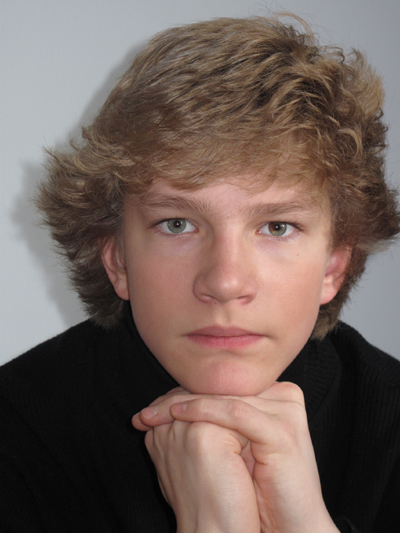
There is a point in every young artist’s life when they have to cross the threshold from being the polite, attentive disciple to making a declaration of independence. Although this is Jan Lisiecki’s third commercial album, to me the complete Chopin Études launched this week by Deutsche Grammophon are that declaration.
Yes, the now-18-year-old Lisiecki has been giving public concerts for about a decade. And, yes, his two previous albums — the Chopin piano concertos, recorded in Warsaw for the composer’s 200th anniversary in 2010, and two Mozart piano concertos for Detusche Grammophon last year — were very nice.
It’s just the artist and his instrument — in this case the magnificent German-made Steinway at Toronto’s Koerner Hall.
If one could draw a character sketch of Lisiecki based on these 24 pieces, it would be of a carefully buttoned-down perfectionist who has calculated exactly when to loosen the knot on the tie, and when to tighten the slack back up.
It’s in the quieter Études, like Op. 10 No. 3 (“Tristesse”) and No. 6, where Lisiecki is the most restrained, keeping a steady, unaffected eye on the melodic line.
It’s where the big splashes of sound are needed that Lisiecki carefully lets the dynamics and the sense of momentum swell.
The Op. 25 set feels the most accomplished musically — and that’s saying a lot.
Chopin sets a specific technical challenge in each piece, whether it’s an act of accompanying a melody (central to Chopin’s music) or the physical mastery of specific note patterns, such as broken chords or runs or arpeggios or octaves. But the main challenge is not technical but musical — of making the heaps of back dots sound beautiful.
Lisiecki does, displaying an easy technique, an unaffected musicality and a determination to never let the weeds of broad theatricality invade the design of this impeccably manicured garden.
This album joins many, many others in the catalogue and, thanks to Lisiecki’s fastidious will tempered by a lyrical soul, deserves a place among the finer efforts.
For all the details on this album, click here.
Here’s a sample:
John Terauds